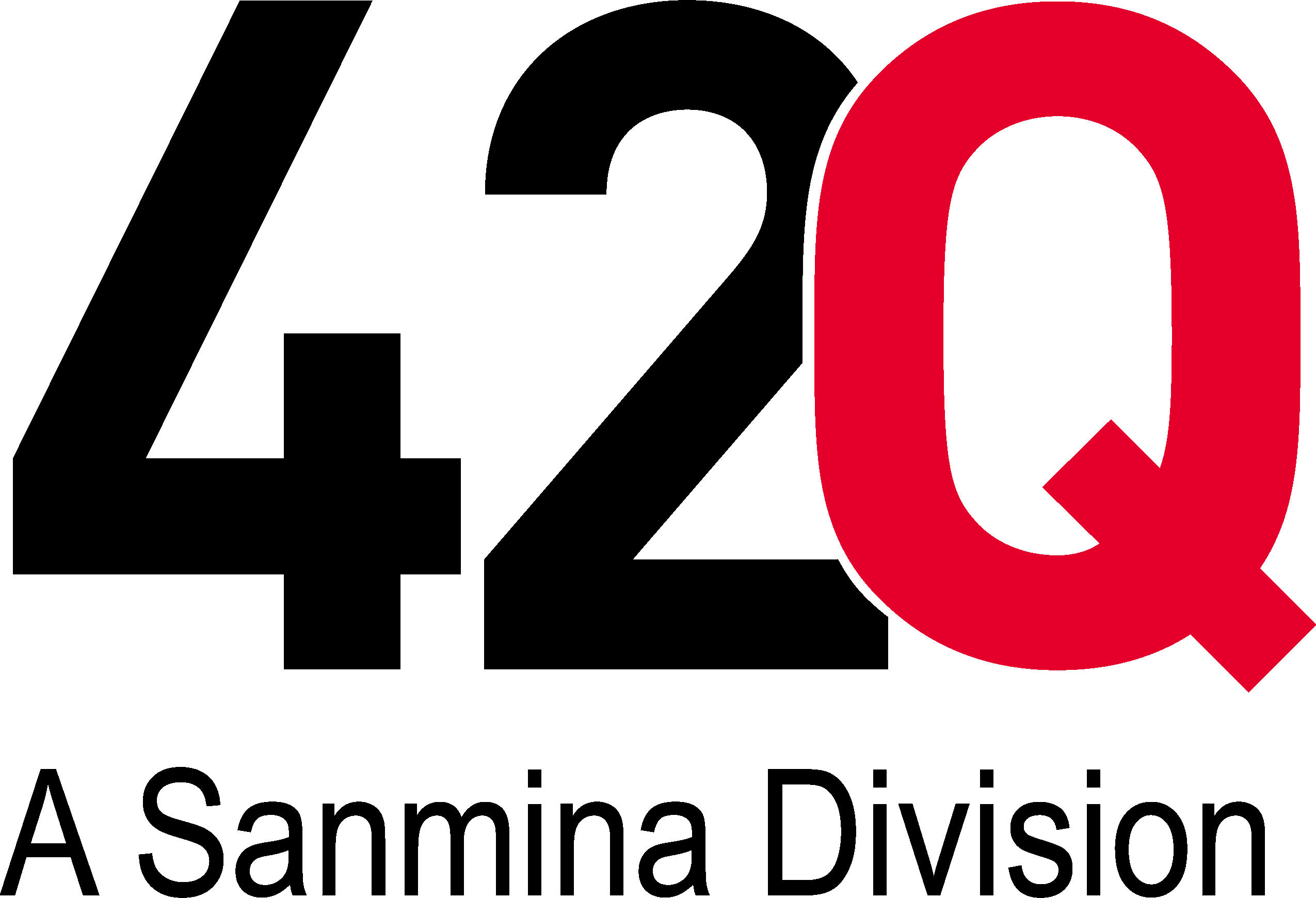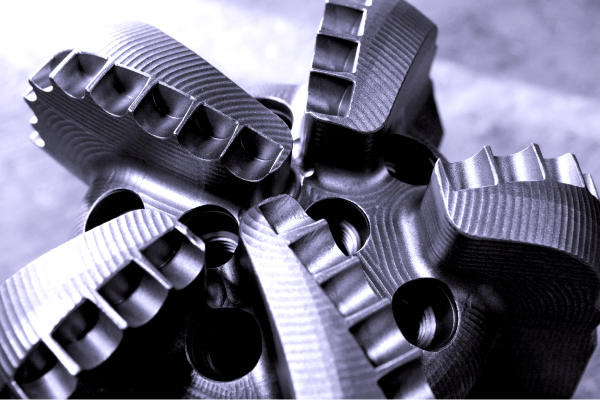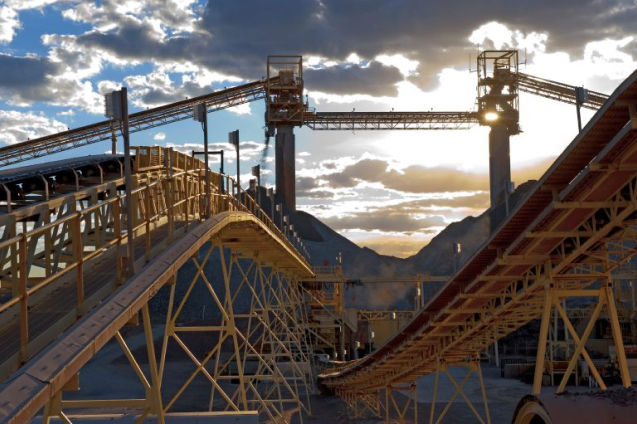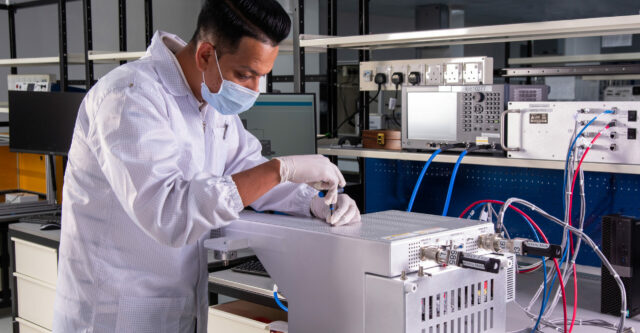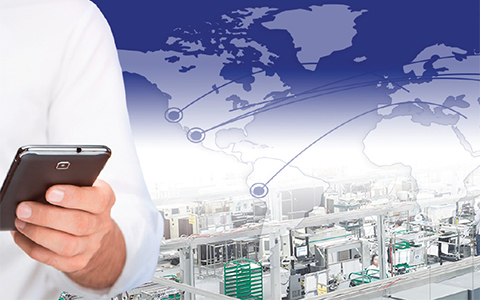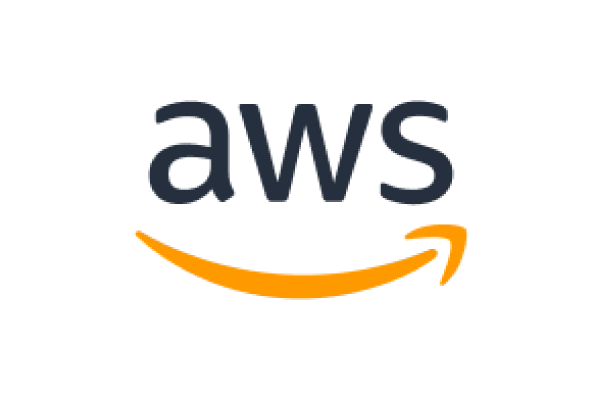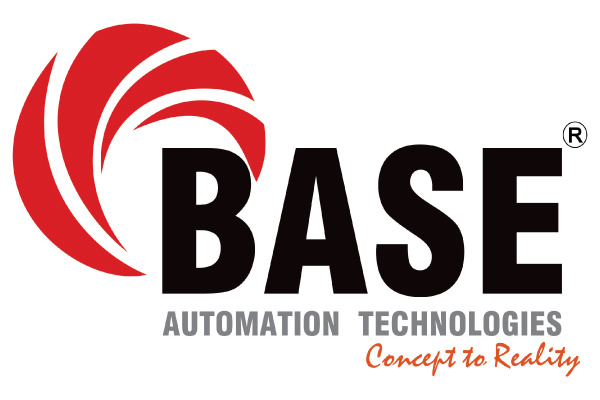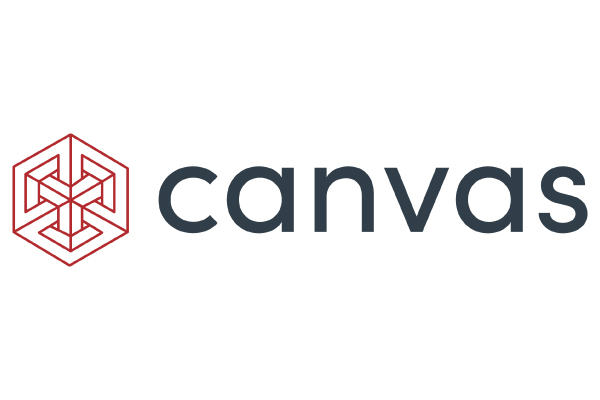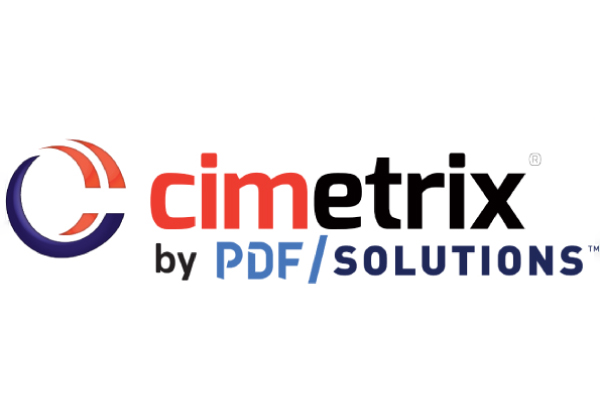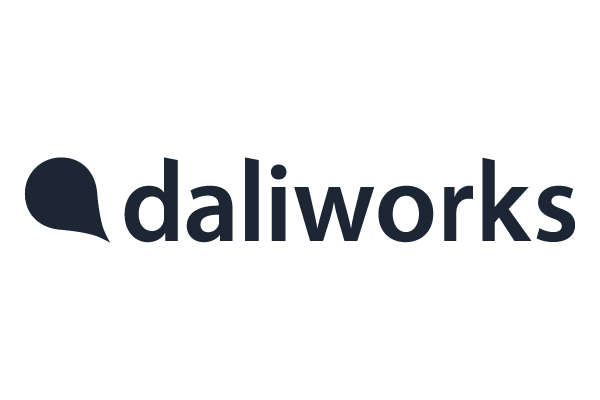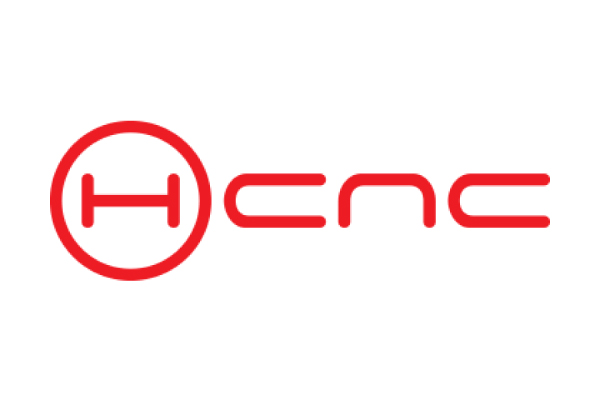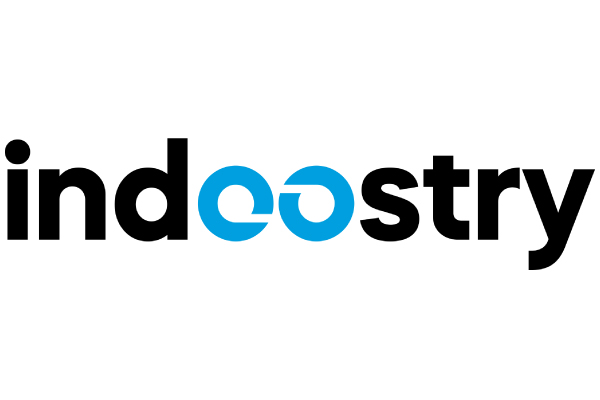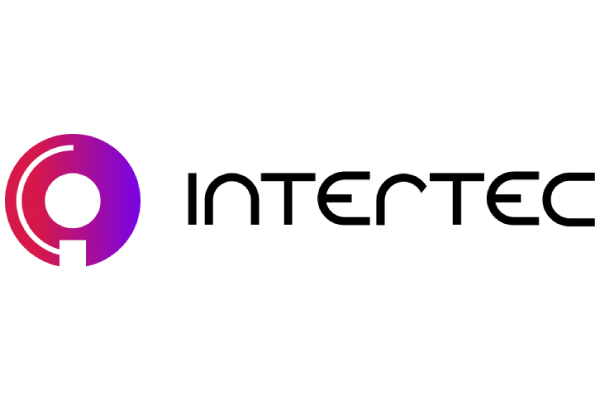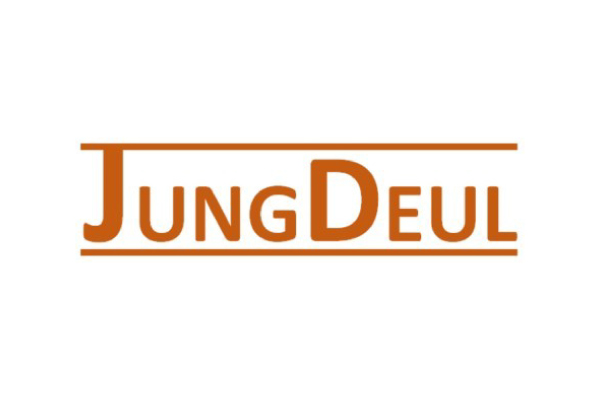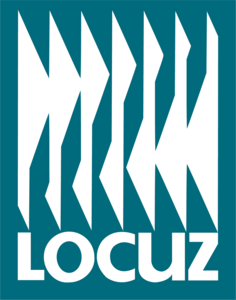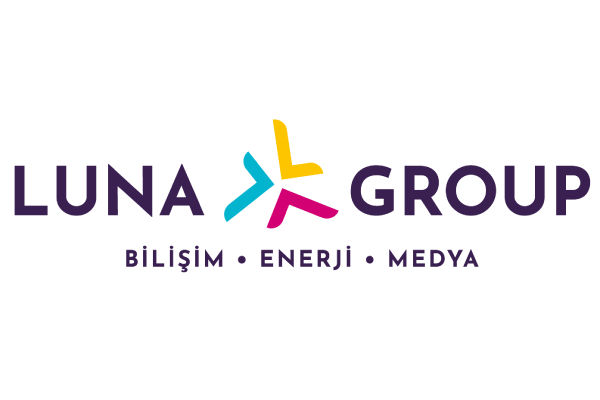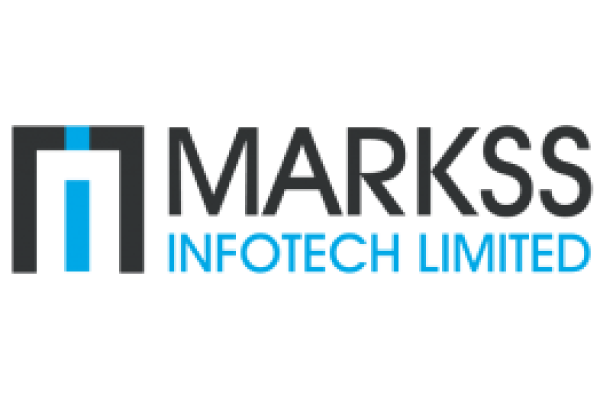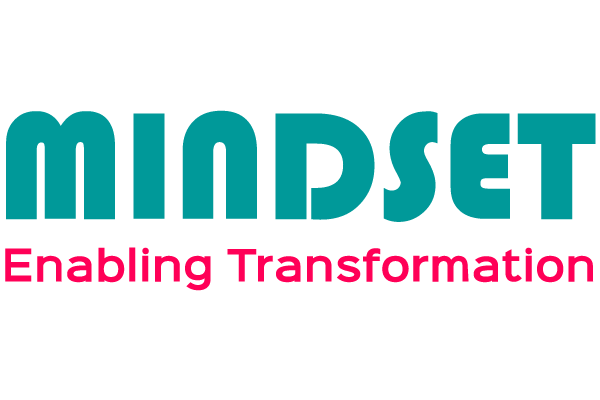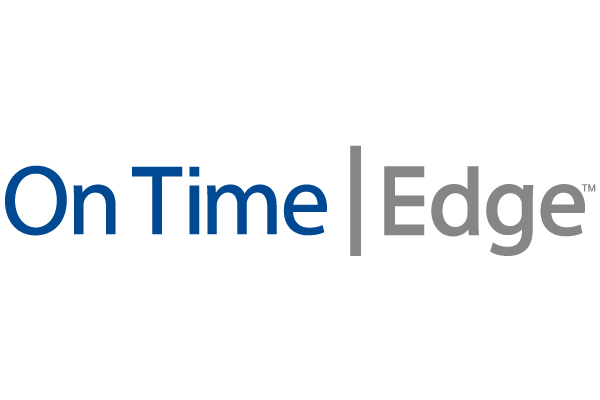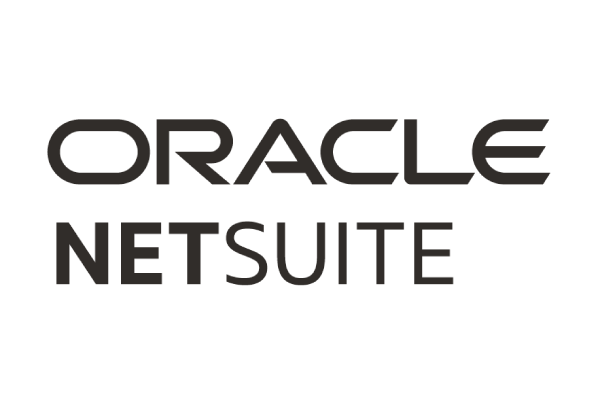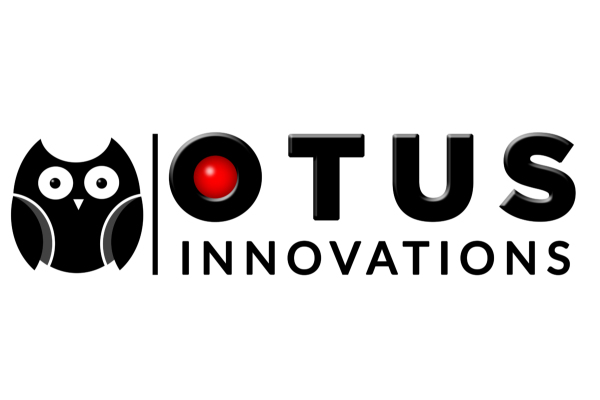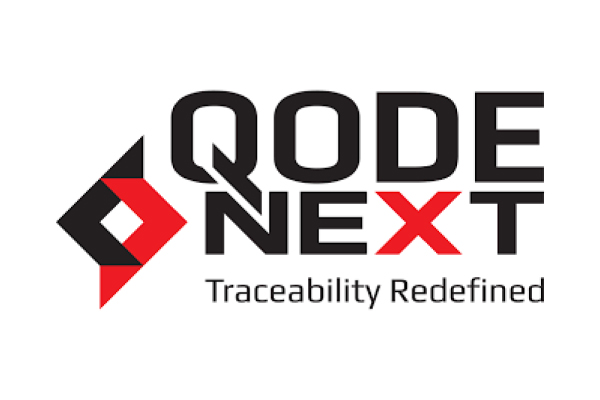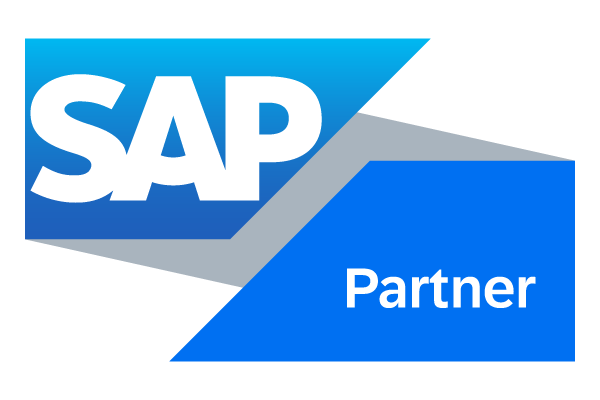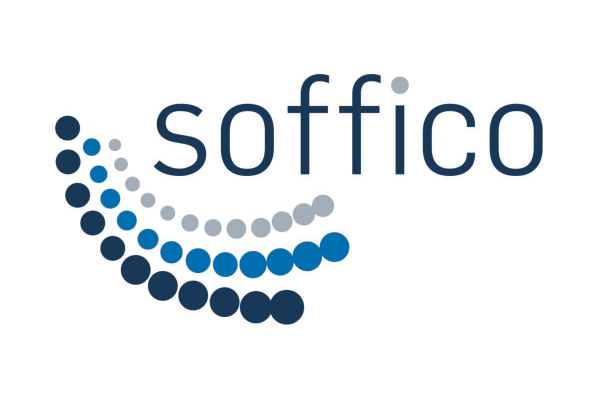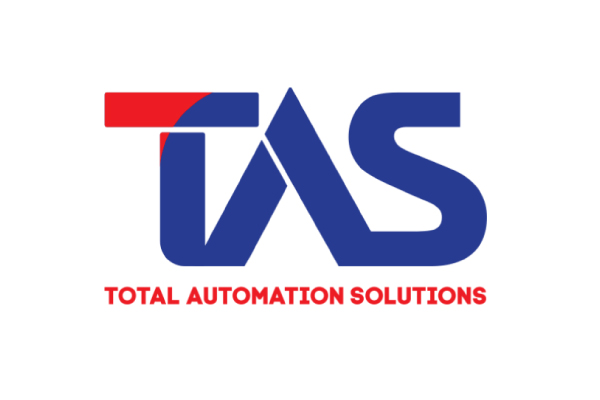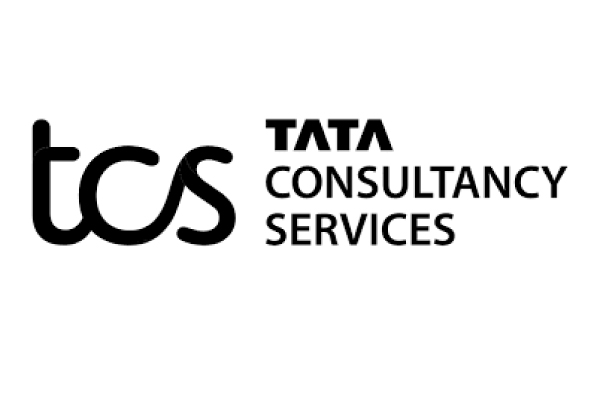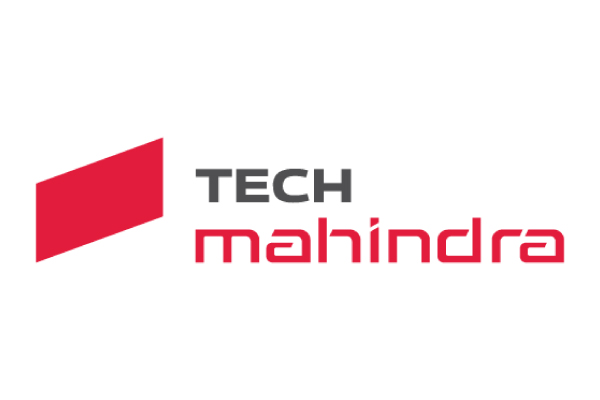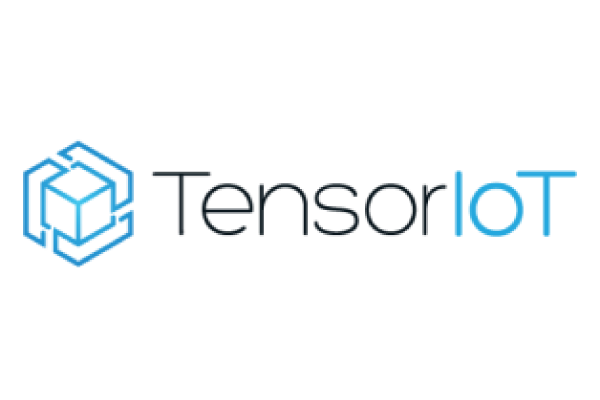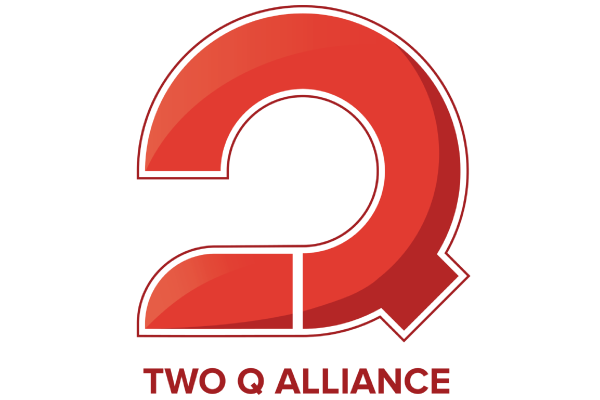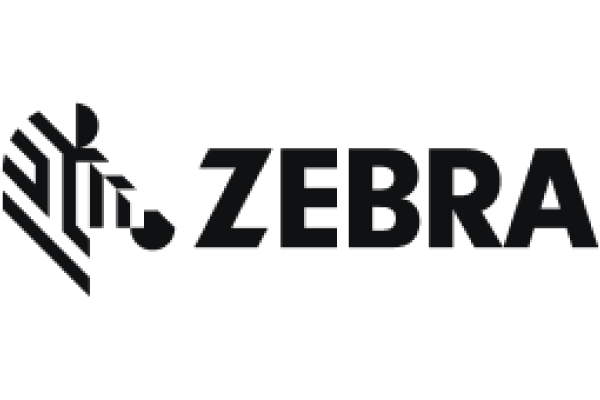Case Study
Weir Minerals Reduces Manufacturing Lead Times by up to 30%

The Challenge
Weir Minerals provides engineered solutions across the global mining industry. For mining companies to remain profitable, they need to reduce overall production cost per ton. This involves ensuring high equipment uptime, which can only be accomplished if spare parts are readily available. Changing ore grades and a host of other environmental conditions make predicting equipment wear very challenging. Instead, mining companies rely on original equipment manufacturers like Weir Minerals to provide equipment that has superior wear technology and to provide it in ever-shorter lead times.
To meet this need, Weir Minerals operates a regionalized manufacturing model, where 12 geographically dispersed plants manufacture parts for regional customers while still ensuring there is global capability via a linked manufacturing network. In order to continue to meet and exceed customer expectations, the company wanted to comprehensively reduce manufacturing lead times within their operations. This required implementing a central MES.
"You cannot manage what you cannot comprehensively measure,” said Patrick Taggart, Head of Minerals IS Data & Analytics at Weir Minerals. “The first step for us to improve lead times was to digitize our shop floor and, through this, to better understand where items would be held up.” Historically each regional plant used its own isolated system for managing the flow of customer orders within the manufacturing process. Many of these systems were manual and paper-based. Digital systems that were developed locally could not scale across the overall manufacturing network, and it was difficult to easily share lead time information between plants and with global teams.
Weir Minerals knew they wanted an MES platform that could integrate with their existing enterprise resource planning (ERP), and suite of analytics tools, be readily adopted by operators, and start proving value immediately. To do this, they decided to implement one global, scalable, sophisticated solution.
Why 42Q
Going into this project, Weir Mineral’s decision-makers recognized the company’s need to be able to mine data on the back end for operational and strategic insights and then serve those insights to people at all levels of the company. In order to achieve that kind of insight, Weir Minerals needed to integrate their MES with their ERP solution. Similarly, the company wanted to pump data into their existing analytics dashboards and reports, so that users didn’t have to learn all-new systems. “With some of the other vendors we explored, it wasn't clear that we would be able to get access to our data easily,” explained Taggart. “The 42Q MES offers open integrations and data portability as key aspects of the platform.”
“We’re on a journey of simplicity, scalability, and sophistication. We chose 42Q predominantly because its cloud-based architecture allows for a fast and flexible deployment to our global locations.”
Patrick Taggart, Head of Minerals IS Data & Analytics, Weir Minerals

Solution
It used to be that MES only ran on-premises, which required a massive capital expenditure and process overhaul to implement. Weir Minerals wanted to avoid the disadvantages of on-premises solutions by opting for a cloud-based platform. The 42Q platform, hosted on AWS, is the first cloud-based MES. It offers a full-featured MES that can be deployed in a few weeks without the need for additional hardware or staff. “With 42Q, your subscription gives you access to all the available modules, and you just pay for what you use. That makes decision-making a lot faster and less risky, because you can very quickly try something out, evaluate the concept, prove the value, and then refine,” said Wellington Giolo, VP Business Development and Strategic Alliances at 42Q.
Weir Minerals used this modular approach to create a blueprint for rolling out the basic functionality to individual sites. Each site follows the standard methodology, and once it is up and running the team can expand and develop as needed. “We’re on a journey of simplicity, scalability, and sophistication,” said Patrick Taggart. “We chose 42Q predominantly because its cloud-based architecture allows for a fast and flexible deployment to our global locations.”
